A Scion Society of The Baker Street Irregulars
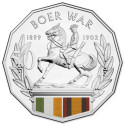
Numismatic Remembrances of the Boer War 1899 – 1902
…was the latter end of June, 1902, shortly after the conclusion of the South African War.
– The Adventure of the Three Garridebs (3GAR)
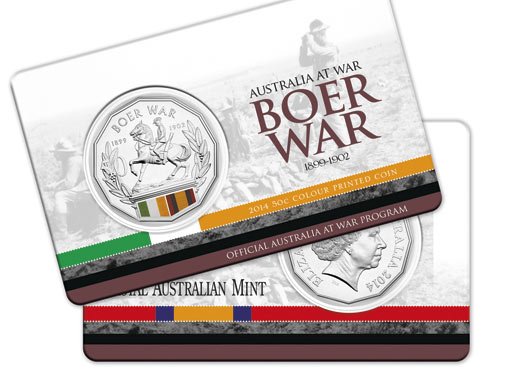 By the seventh sentence of The Three Garridebs, Dr. Watson references the end of the Boer War to date the story. The Literary Agent, Arthur Conan Doyle, had written two works about the conflict – The Great Boer War and The War In South Africa: Its Cause and Conflict. Doyle believed that it was these two works, which justified Britain’s actions in the war, resulted in him being knighted by King Edward VII in 1902.
By the seventh sentence of The Three Garridebs, Dr. Watson references the end of the Boer War to date the story. The Literary Agent, Arthur Conan Doyle, had written two works about the conflict – The Great Boer War and The War In South Africa: Its Cause and Conflict. Doyle believed that it was these two works, which justified Britain’s actions in the war, resulted in him being knighted by King Edward VII in 1902.
There had been tensions between the British and the Boers (the Dutch speaking descendants of the settlers in the Cape area of South Africa) for well over a century by the time the 1890’s. Diamonds had been discovered in the area in 1866 and gold was then also discovered 1886. Both of these events brought large numbers of British workers to the area. British expansionism ideas led to a revolt in 1895 and subsequent attempts at compromise would fail. In October 1899, Paul Kruger, President of the South African Republic would issue an ultimatum for the British to leave the area. War was declared on Great Britain on October 11, 1899.
The British expected this war to be over fairly quickly and as it drew on, became more and more unpopular among its subjects. The Treaty of Vereeniging, signed by both warring factions, ended the conflict on May 31, 1902. South Africa would become part of the British Empire, with the promise of future self-rule. Self-rule happened in 1910 with the creation of the Union of South Africa.
There are many examples of coins and medals related to the Boer War, some contemporary to the time of the conflict and some remembering anniversaries of the battles.
Australia issued this 12 sided 50 cent coin last year as part of that country’s “Australia at War” series of coins.
I was very surprised to see George Morgan’s Liberty design (Morgan Silver Dollar 1878-1921) on this 23mm silvered bronze token honoring the Australian Bushman contingent.
Our next medal is sympathetic to the Boer cause and was struck by the Vienna Mint in 1902 to commemorate the visit of Boer Generals de Wet and de la Reij. The 39.4mm medal was stuck in three medals – silver, copper bronze and yellow bronze – and were sold to assist the families who had lost soldiers in the war.
The Brussels newspaper Petit Blue commissioned the above 30mm medal to honor Wilhelmina, Queen of the Netherlands, for offering protection to the exiled Boer leader, Paul Kruger. The Queen had sent the Dutch cruiser Gelderland to offer Kruger safe passage to Europe. Medals were struck in gilded silver, silver, silvered bronze and bronze.
The Halifax Herald issued this 34mm medal in copper-bronze and white medal to raise money for their Patriotic Fund that was used to assist returning soldiers.
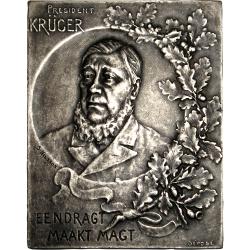 The Dutch cruiser carrying Kruger docked at Marseilles on November 22, 1900 with a warm welcome from the French people. This 40mm by 50mm plaque was made in silver (4 known), silver plated bronze (200 made) and bronze (800 made).
The Dutch cruiser carrying Kruger docked at Marseilles on November 22, 1900 with a warm welcome from the French people. This 40mm by 50mm plaque was made in silver (4 known), silver plated bronze (200 made) and bronze (800 made).
The city of London issued this 76mm medal in October 1900 to honor their Imperial Volunteers who had departed the previous December. The silver medal, illustrated above, is known in limited numbers and 550 were struck in bronze.
The firm of Spink & Co. commissioned the sculptor, Frank Bowcher, to design this medal to honor Lord Roberts for the successful campaigns to capture the city of Bloemfontein in March and the city of Pretoria in May. Lord Roberts had arrived in December 1899 to assume control of the British troops. The 45mm medal was struck in five metals – white medal, bronze, yellow bronze, silver and gold.
It should be noted that Arthur Conan Doyle served as a volunteer doctor in the Langman Field Hospital at Bloemfontein between March and June 1900, during Roberts’ campaign.
A similar medal was executed by Bowcher, on behalf of Spink & Son, to honor Robert Baden-Powell, the hero of the 217 day-long Siege of Mafeking. Baden-Powell would later start the Boy Scout movement, and the scouts adopted his unique hat as part of their uniform.
That’s just a few of the many numismatic items that remember the Boer War. For those wanting more information on this topic, check out Brian Hern’s Handbook on The Medallions of the Zuid Afrikaansche Republiek and the Anglo Boer War, or M. G. Hibbard’s Boer War Tribute Medals.
 Michael Laidlaw’s website on South African Commemorative Medals is another invaluable source on this topic. Laidlaw kindly gave his permission for us to use his photographs of the tokens and medals in this posting – many thanks!
Michael Laidlaw’s website on South African Commemorative Medals is another invaluable source on this topic. Laidlaw kindly gave his permission for us to use his photographs of the tokens and medals in this posting – many thanks!


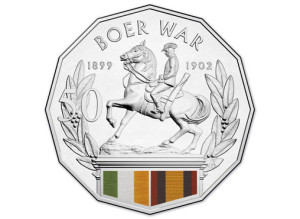
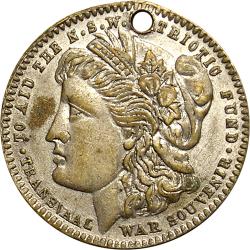
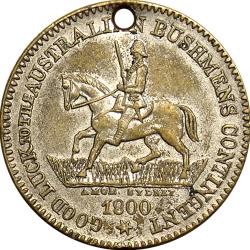
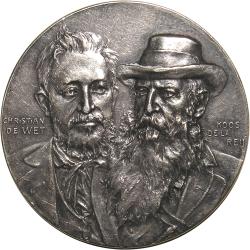
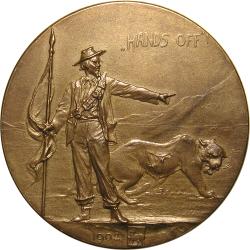
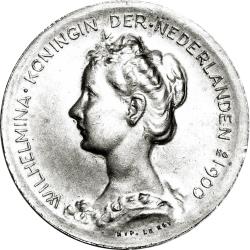
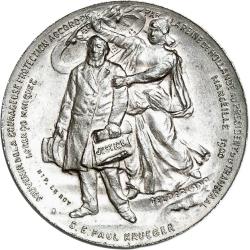

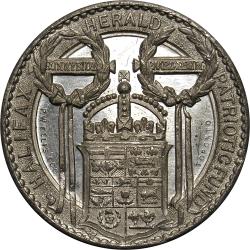
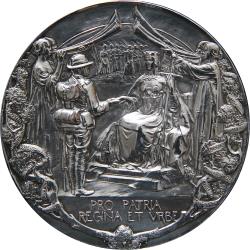
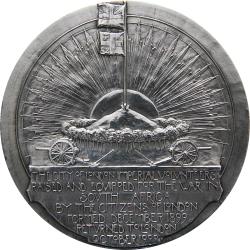
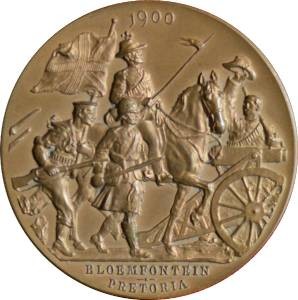

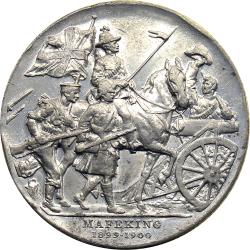
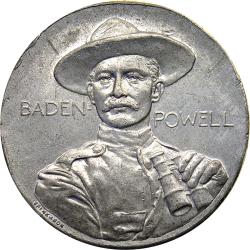
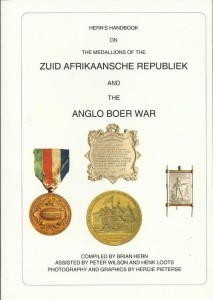
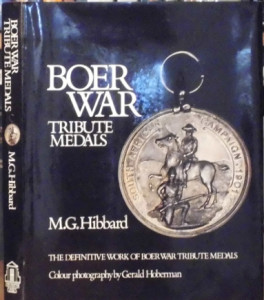
Sorry, comments are closed for this post.